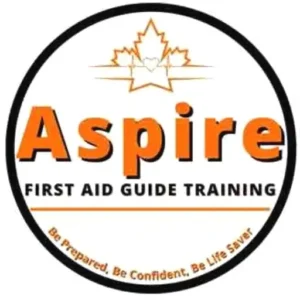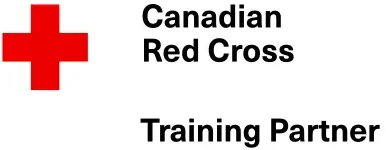Recovery Position for First Aid: Simple, Safe How-To | Mississauga & Hamilton
Use the recovery position to keep an unconscious, breathing person’s airway open so fluids can drain while you wait for help. Want hands-on practice? See local courses in Mississauga & Hamilton below.
When to use the recovery position
- The person is unresponsive but breathing normally.
- No obvious spinal injury. (If suspected, move only if you cannot maintain an open airway otherwise.)
- Risk of vomiting or fluid in the mouth—gravity helps keep the airway clear.
Simple, safe steps (takes seconds)
- Check safety. Ensure the area is safe for you and the person.
- Check response & breathing. Tap and shout. If unresponsive but breathing normally, continue. If not breathing or only gasping, call emergency services and start CPR.
- Open the airway. Tilt the head back slightly and lift the chin.
- Near arm. Place the arm closest to you at a right angle to the body, elbow bent, palm up.
- Far hand to cheek. Bring the far arm across the chest; place the back of their hand against the cheek nearest you and hold it there.
- Far knee. Bend the far leg so the foot is flat on the ground.
- Roll. Pull the bent knee toward you to roll the person onto their side, keeping the hand against the cheek.
- Clear & maintain the airway. Tilt the head back, lift the chin, angle the mouth downward so fluids drain.
- Stabilize. Position the upper leg at a right angle at the hip and knee.
- Monitor. Check breathing continuously until help arrives. If breathing stops, roll onto the back and begin CPR.
Pregnant person: place on the left side if possible. Infants: side-lying with head in neutral, supported to prevent rolling.
Common mistakes to avoid
- Skipping the breathing check—use recovery position only if breathing is normal.
- Forgetting head tilt–chin lift to keep the airway open.
- Leaving the mouth level or facing up—turn it slightly down for drainage.
- Failing to re-check—keep reassessing breathing and responsiveness.
Build confidence with local, certified training
Practice the recovery position and other lifesaving skills with blended learning and hands-on coaching:
Courses are WSIB-recognized and delivered by experienced instructors. Hands-on practice makes emergency skills stick Recommended
Related training & popular searches
Strengthen your skills with aspire first aid training, explore aspire first aid, or book a first aid and cpr course. Looking for aspire first aid guide training - first aid cpr mississauga? Learn more about fagt. We also support aspire first aid guide training crop, offer cpr training mississauga, and comprehensive cpr and first aid training.

